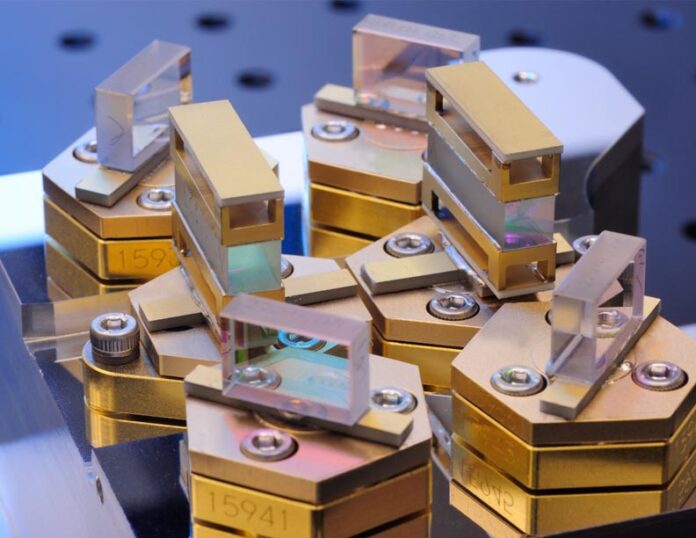
Modern industries like car manufacturing units or medical technology-based units have of late started using state-of-the-art laser technology as one of the indispensable components of their operations. The EffiLAS (Efficient High-Performance Laser Beam Sources) Association has taken up the noble job of securing and further expanding Germany’s leading technological and economic position in photonics. As far as the laser light sources are concerned, they are targeting at further optimizing various parameters like performance and energy efficiency.
Osram Opto Semiconductors has worked on various assignments in the EffiLAS’ joint project EKOLAS along with their partners Laserline, Heraeus, Fraunhofer ILT, Fiberware and Welser Profile.
The target
The fundamental objective was to develop highly efficient infrared laser bars with outstanding output powers and to demonstrate them in industrial materials processing.
The background
About 10 years ago, the best laser bars achieved a power of 200 watts with an efficiency of about 63%. Five years later, an output of 250 watts at an efficiency of no less than 60% was expected to be the limit of what could be achieved with the existing technologies. Conversion efficiency and cooling limited the output power of lasers at that time.
The new standard
The EKOLAS project, which was completed in February 2020, led to an infrared laser bar with an impressive maximum output of 400 watts in continuous-wave operation. With an output of 300 watts, the bar sets a new standard with an efficiency of about 70% in the wavelengths of 1000 and 1020 nanometres.
The new experience
By definition, Epitaxy means a type of crystal growth or material deposition in which new crystalline layers are formed with a well-defined orientation with respect to the crystalline substrate. The project partners were able to draw on experience gained in other ventures under the EffiLAS umbrella organization including an understanding of materials science and simulation in the field of epitaxy, as well as fundamental expertise in chip and facet technologies.
Narrating his complacence, Sebastian Hein, EKOLAS Project Manager at Osram Opto Semiconductors, said, “We are very excited to achieve, and in some cases even exceed, all of our targets in this project. The key to success was the development of innovative software tools for simulating the electro-optical properties of the lasers, which take into account the thermal distribution, temperature-dependent material properties and mode-dependent wave propagation in the resonator. These tools considerably accelerated and simplified the necessary test runs, making a fundamental contribution to the results of the project.”
The course ahead
The newly gained knowledge from the simulation of certain processes can now be transferred to other product groups and wavelengths in the range between 800 and 1060 nm. In addition to the advantages in product development, the results also strengthen and consolidate the establishment of supply chains in Germany and the rest of Europe, thereby sustainably strengthening the industrial location.





















